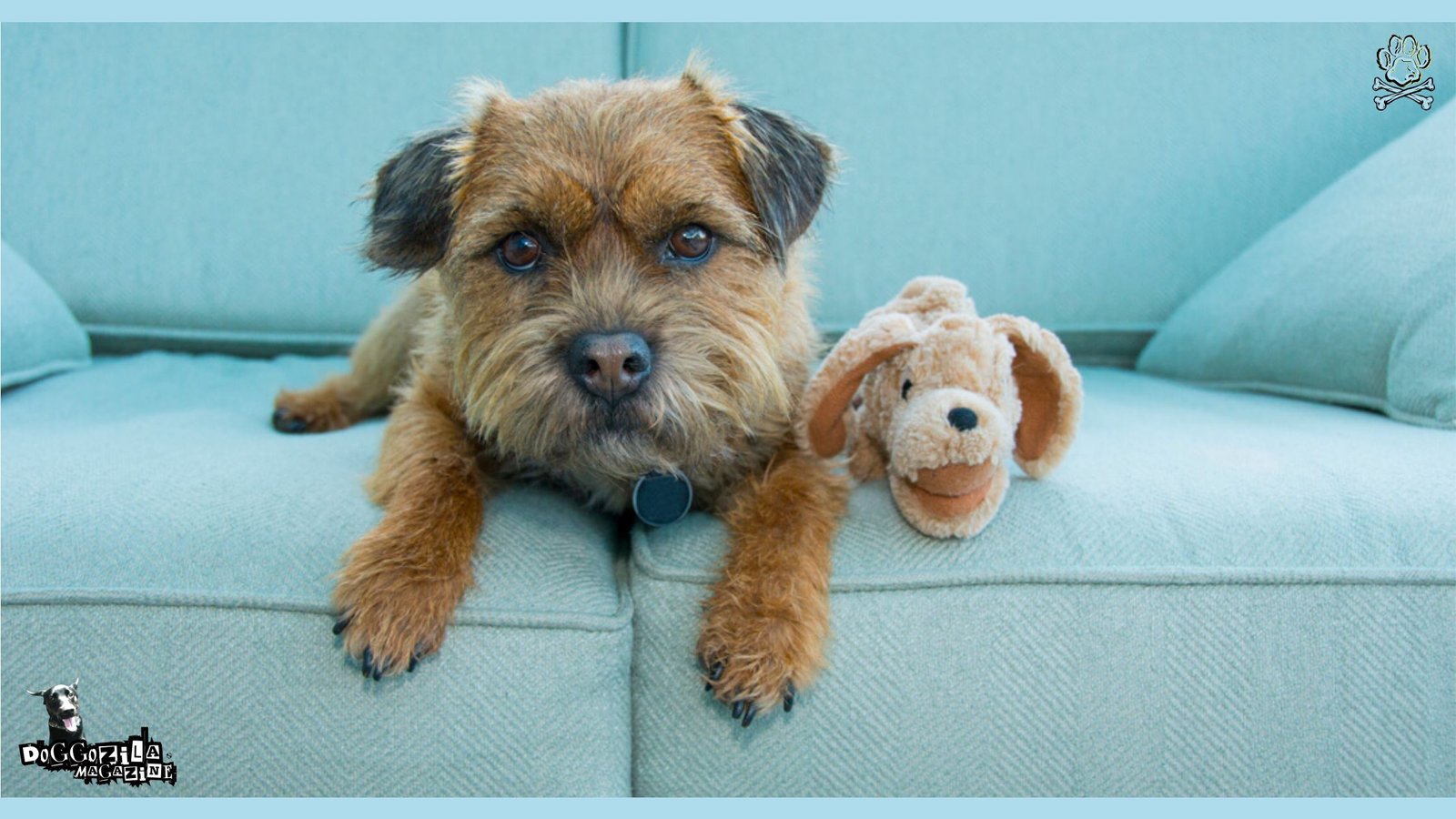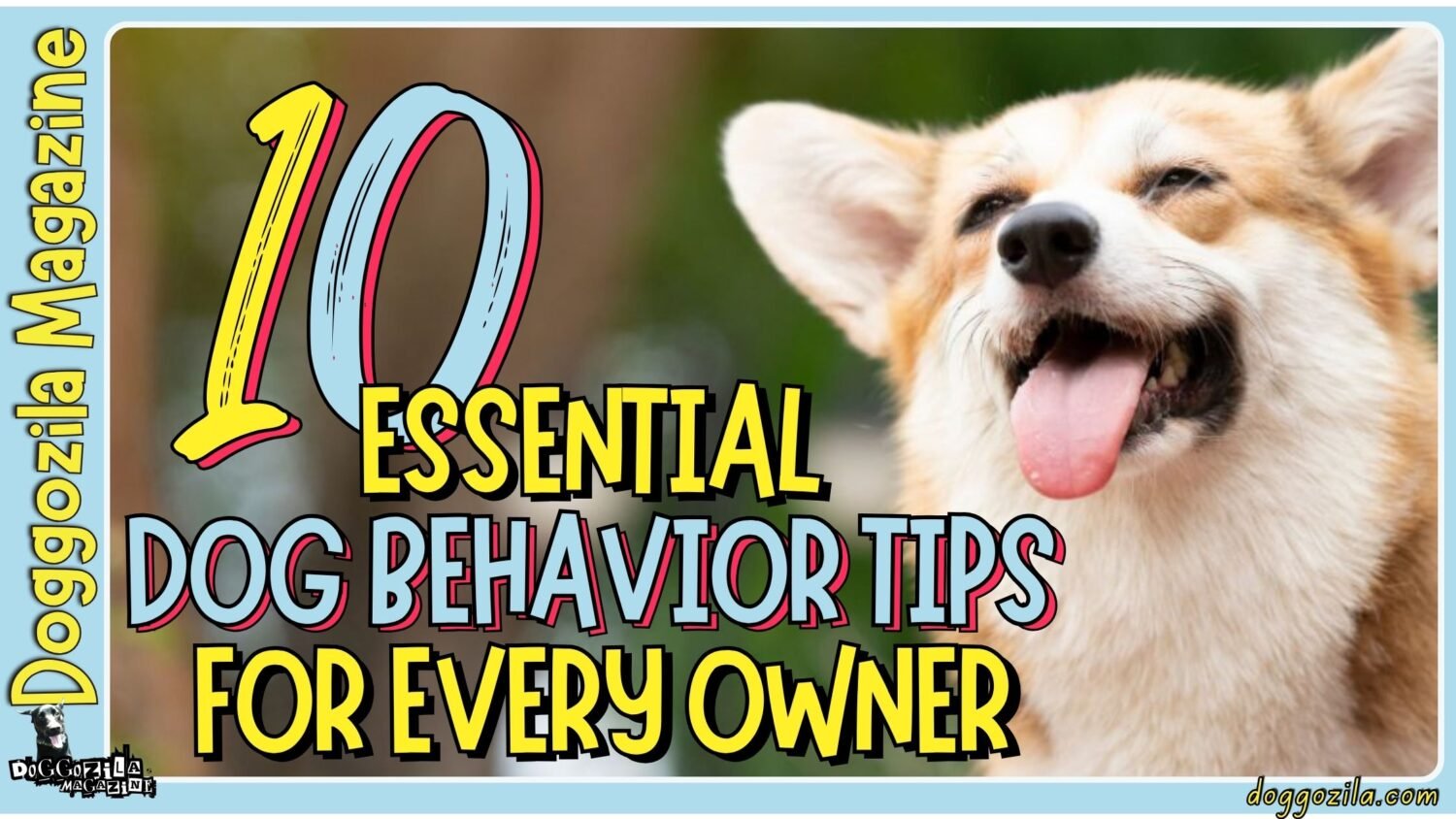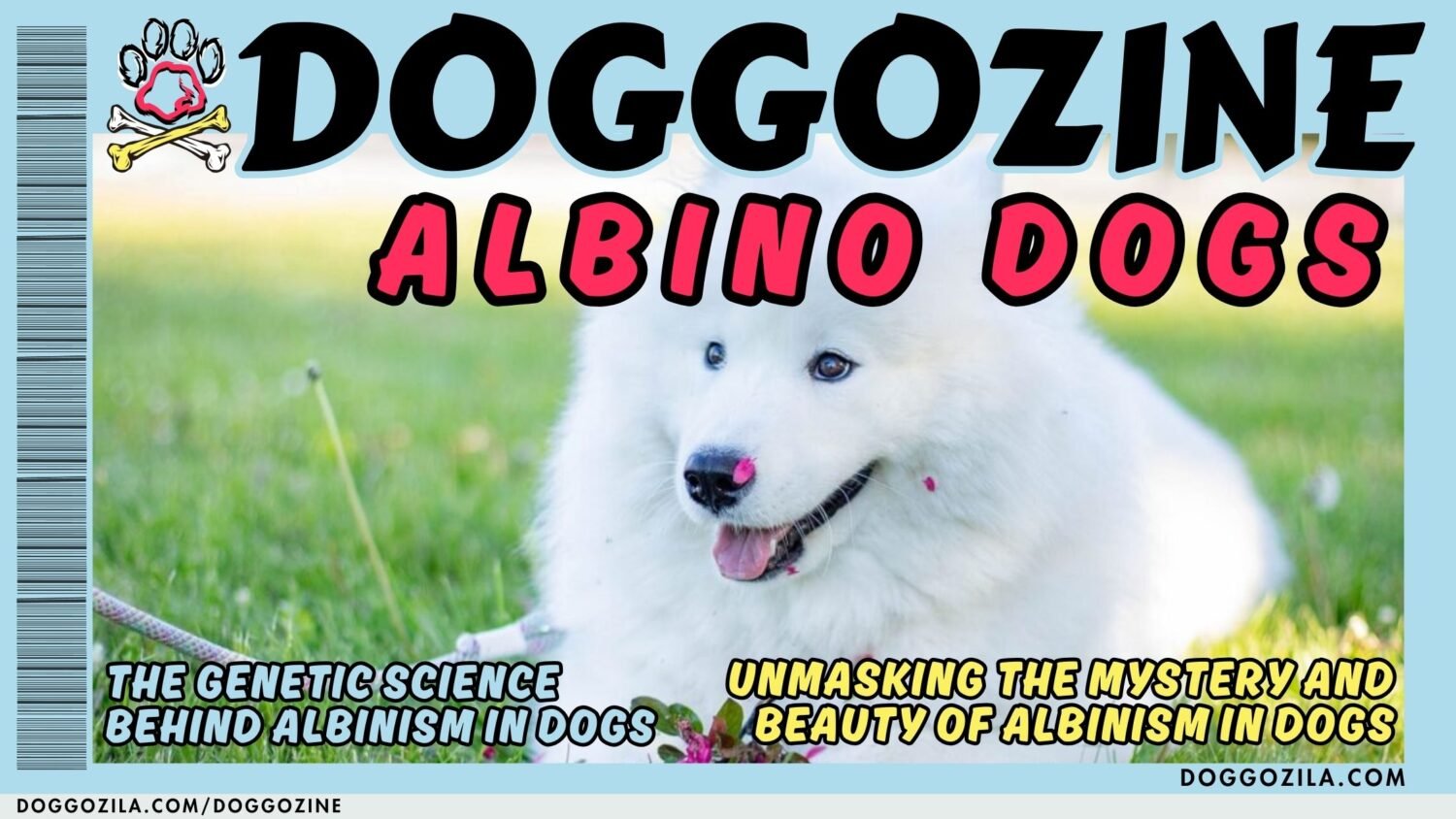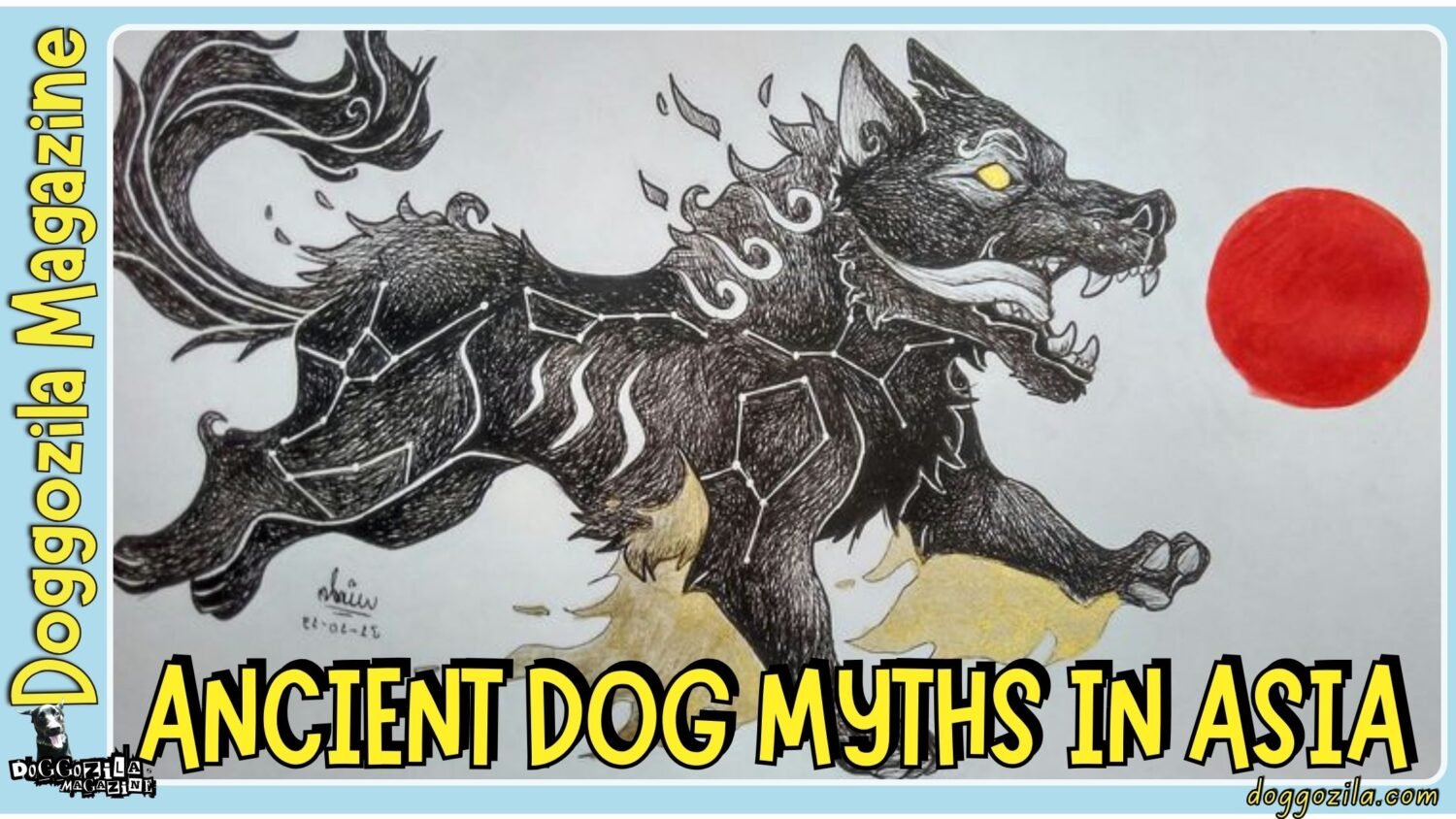Separation anxiety is a behavioral condition that affects many dogs, manifesting as extreme distress when they are separated from their owners or caregivers. This condition typically arises from a strong attachment that a dog forms with its human, making the experience of being left alone particularly challenging.
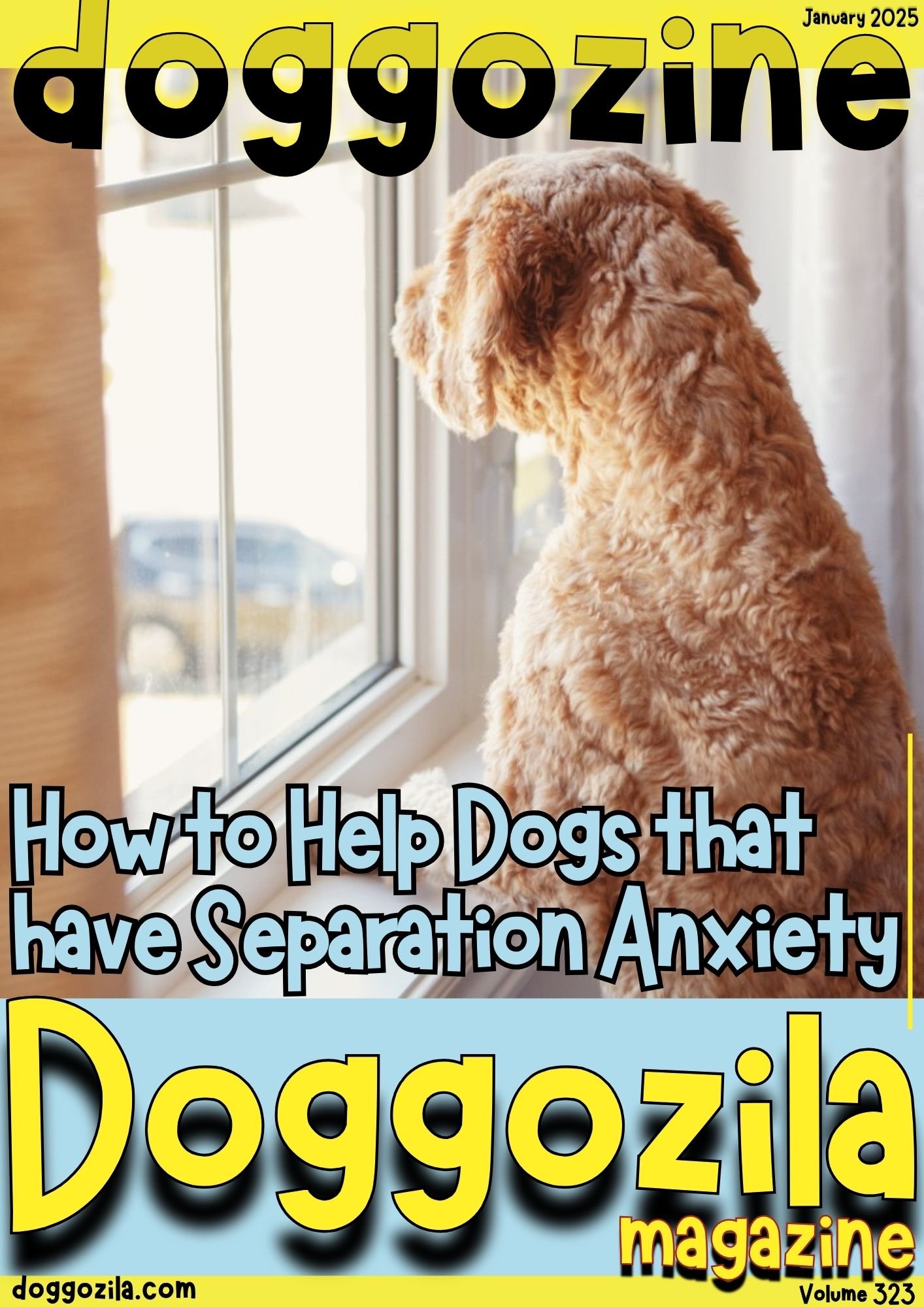
UNDERSTANDING THE DOGS WITH SEPARATION ANXIETY
Dogs suffering from separation anxiety may display a variety of symptoms that can range from mild to severe. Common signs include excessive barking or howling, destructive behavior such as chewing furniture or scratching at doors, and house training issues, including urination or defecation inside the home. These reactions can be alarming for pet owners, as they highlight the emotional turmoil their dog is experiencing during their absence.
How to Recognize the Signs in Dogs with Separation Anxiety
Some dogs may also exhibit more subtle signs, such as pacing, drooling, or refusal to eat when left alone. Understanding these symptoms is crucial for pet owners to identify and address the problem effectively. Several underlying causes may contribute to the development of separation anxiety in dogs.
These can include a change in routine, such as a move to a new home or the loss of a family member, be it human or animal. Additionally, certain breeds are more predisposed to anxiety disorders, and past traumas, such as abandonment or abuse, can exacerbate responsiveness to separation.
Moreover, a lack of early socialization or inadequate training may leave dogs ill-equipped to handle being alone. It is essential for dog owners to recognize the signs and potential causes of separation anxiety to ensure their pets’ behavioral and emotional well-being. Early intervention and proper support can significantly mitigate the impact of this condition, leading to a more harmonious relationship between pets and their owners.
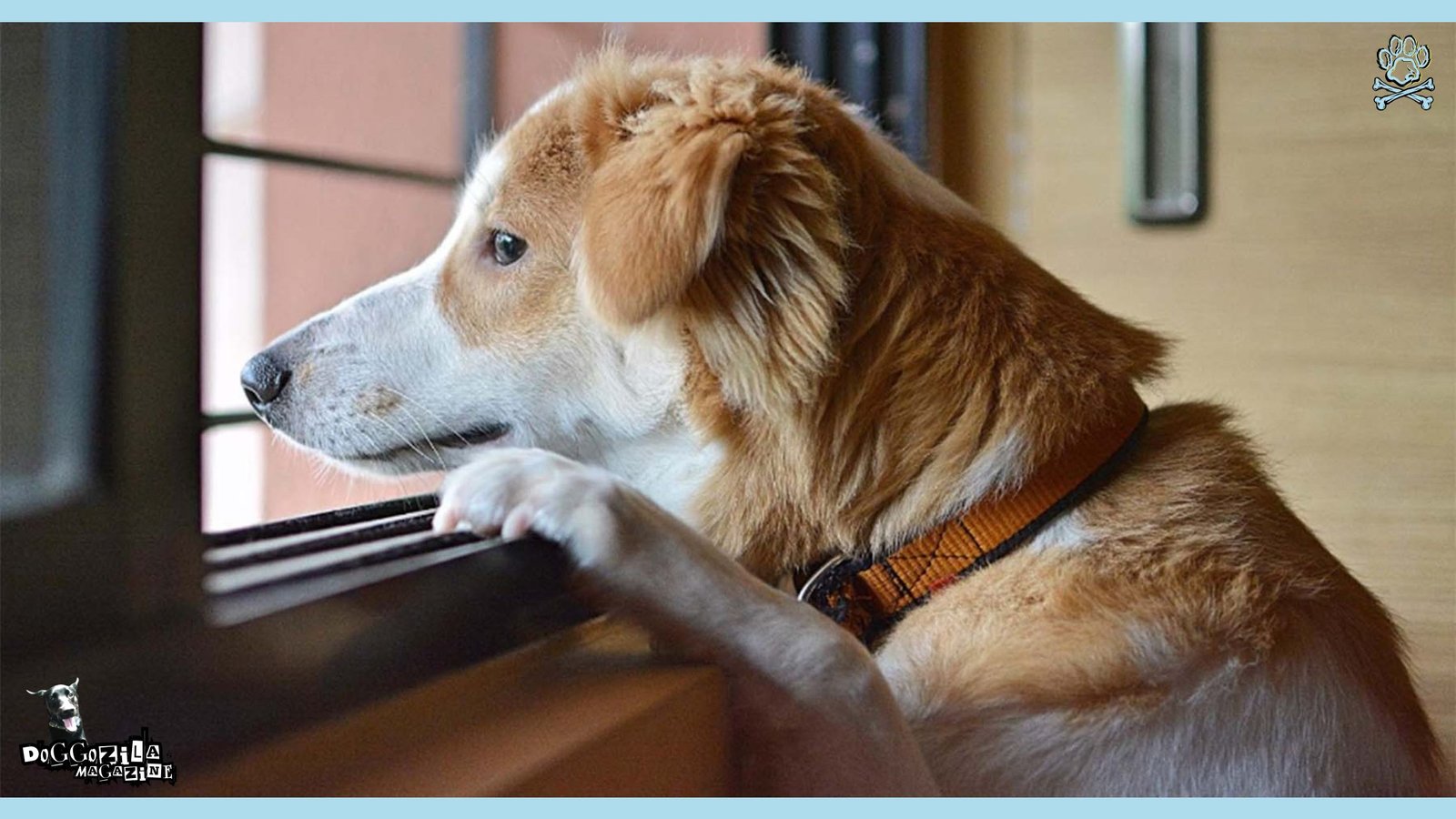
IDENTIFYING SYMPTOMS IN DOGS WITH SEPARATION ANXIETY
Separation anxiety is a condition that affects numerous dogs, causing distress when they are separated from their owners. Recognizing the symptoms early can greatly improve the chances of effective intervention and management. Dog owners must be vigilant for various signs that may indicate their pet is experiencing separation anxiety.
Know All of The Symptoms of Separation Anxiety in Dogs
One of the most observable symptoms is excessive barking or howling when left alone. This vocalization often indicates a dog’s distress and need for companionship. Another notable behavior is destructive chewing or scratching at doors and windows, as dogs may try to escape or signal for their owners to return. Items like furniture, shoes, and even walls can become casualties of this anxiety-driven behavior.
Additionally, dogs may exhibit signs of restlessness or hyperactivity in the moments leading up to their owner’s departure. Pacing, whining, or following their owner around the house are common behaviors in anxious dogs. Upon the owner’s return, these pets might display overly excited greetings, jumping excessively, or not settling down even after being reunited.
Physical Distress of Separation Anxiety in Dogs
Physical symptoms can also manifest in dogs suffering from separation anxiety. Some may experience loss of appetite, excessive drooling, or even gastrointestinal issues. It’s important to note that these signs can confuse owners, as they may stem from other health conditions. Therefore, a thorough assessment is essential to differentiate between traditional behavioral issues and those tied directly to separation anxiety.
Monitoring these behaviors over time provides a clearer picture of a dog’s emotional health. By paying attention to the signs—whether vocal, behavioral, or physical—owners can take proactive measures to address their dog’s separation anxiety effectively. Doing so will not only improve their dog’s quality of life but can also strengthen the bond between pet and owner.
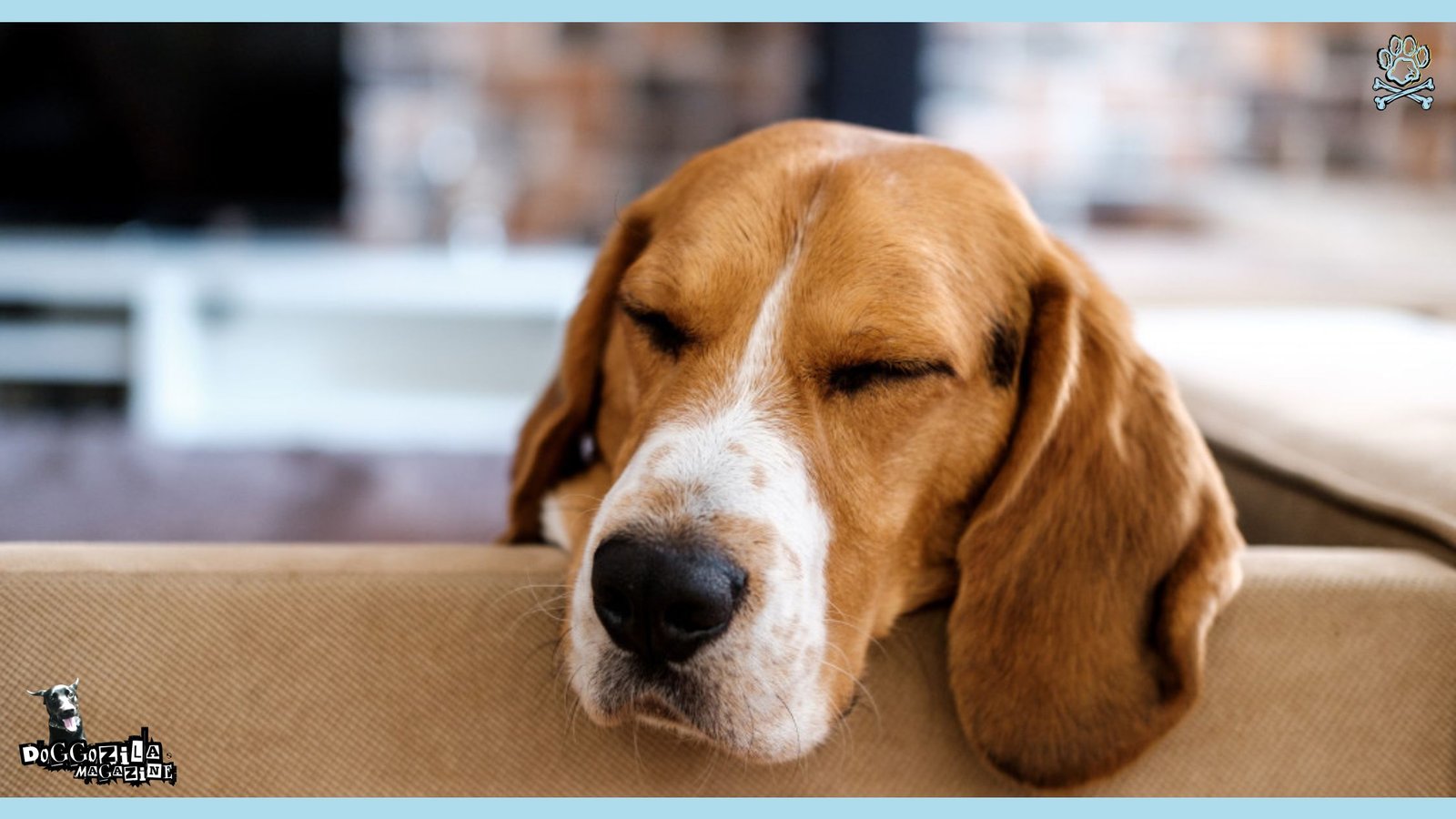
CAUSES OF SEPARATION ANXIETY IN DOGS
Separation anxiety is a common condition among dogs, and identifying the underlying causes can significantly aid in addressing and alleviating the symptoms.
Main Contributors to Dogs with Separation Anxiety
One of the primary contributors to dogs with separation anxiety is past trauma. Dogs that have experienced abandonment, abuse, or other distressing events may develop a heightened sensitivity to being left alone. This emotional baggage can lead to excessive barking, destructive behaviors, or attempts to escape when their owners leave.
Another significant factor is changes in routine. Dogs thrive on consistency and predictability, and any sudden alterations in their daily lives can induce anxiety. Examples of such changes include moving to a new home, changes in the owner’s work schedule, or the introduction of a new family member, such as a pet or a baby. When a dog cannot adjust to these changes, they may exhibit signs of stress when left alone, feeling insecure and fearful of abandonment.
Dog Socialization is Very Important
Lack of socialization is also a critical factor that can lead to separation anxiety in dogs. Puppies that have not been adequately exposed to various environments, people, and experiences may struggle with being alone as they grow older. Without proper socialization, these dogs may develop a limited understanding of the world around them, causing anxiety when they find themselves in any unfamiliar situation, including being left alone at home.
In addition to these factors, certain breeds have a predisposition to separation anxiety. While any dog can develop this condition, breeds that are known to form strong attachments to their owners may be more susceptible. Understanding these causes can provide valuable insight for dog owners, enabling them to implement strategies that help their pets cope with being alone and parse out the root of the anxiety effectively.
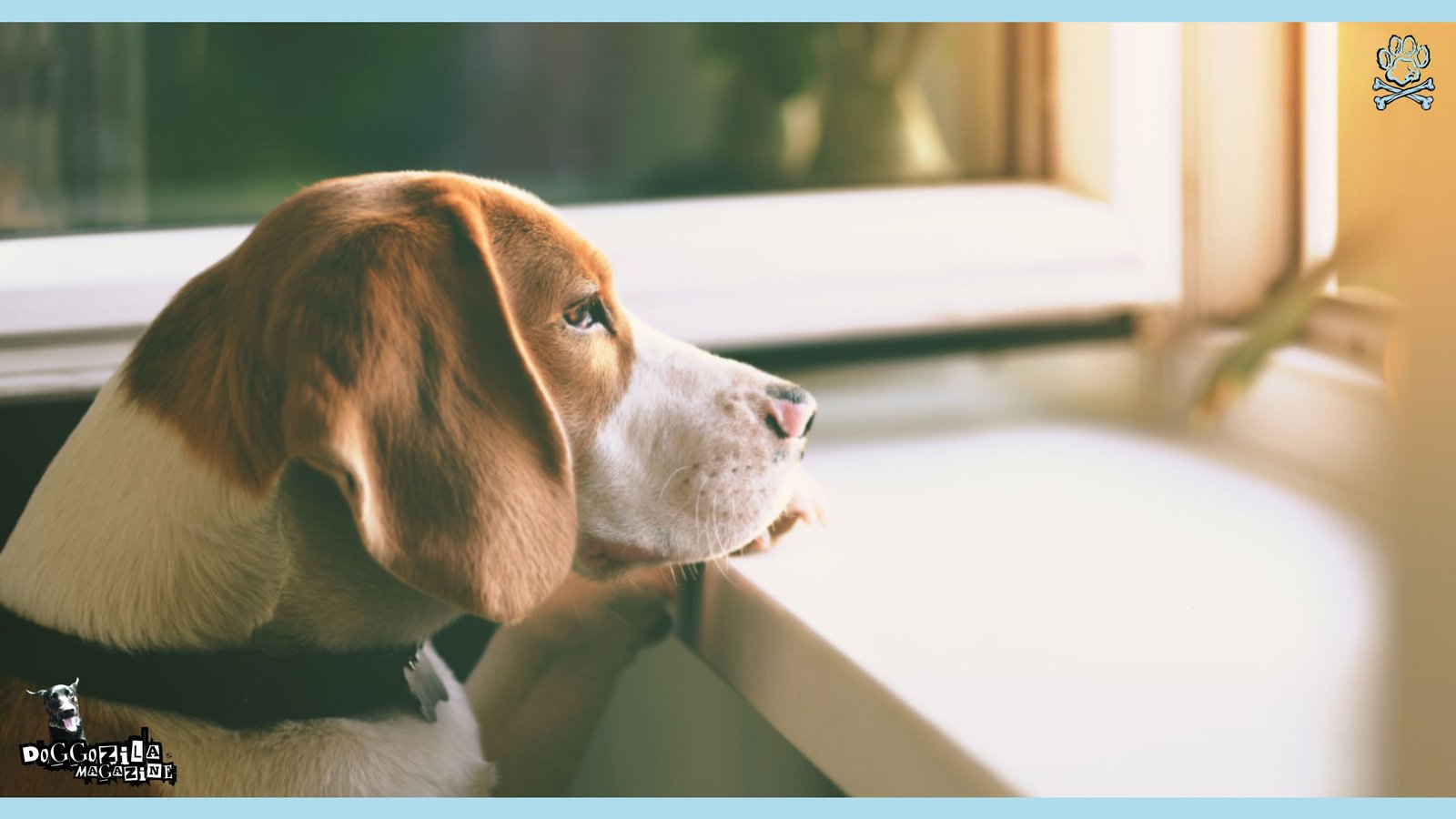
IMMEDIATE STEPS TO CALM YOUR DOG
When dealing with a dog that experiences separation anxiety, it is vital to create an environment that promotes calmness and security.
Create a Safe Space for Dogs with Separation Anxiety
One of the first actions an owner can take is to establish a designated safe space for their dog. This area should be comfortable, quiet, and free from external disturbances. Utilizing familiar items such as the dog’s favorite blanket or toys can help to reinforce this sense of safety. These comforting items often carry the dog’s scent, which can act as a soothing mechanism during stressful moments.
In addition to a serene environment, the incorporation of calming aids can significantly alleviate anxiety. Products such as anxiety wraps or pheromone diffusers have shown effectiveness in many cases. Anxiety wraps work by applying gentle pressure, similar to swaddling a baby, which can provide a sense of security. Pheromone diffusers release calming scents that mimic the natural pheromones of mother dogs, promoting relaxation and reducing stress levels.
Distraction Techniques also Helps for Dogs with Separation Anxiety
Distraction techniques can also be a worthwhile strategy to minimize panic when separation occurs. Engaging your dog’s mind through interactive toys or puzzle feeders can divert their attention away from the anxiety of being alone. These activities keep the dog occupied, allowing for mental stimulation that can help reduce feelings of distress.
Additionally, it may be beneficial to practice gradual departures to condition your dog to your absences. Start by leaving the dog alone for short periods, gradually increasing the duration as they demonstrate comfort with the process. This technique trains your dog to expect your temporary absence and gradually diminishes their anxiety in the long run.
By implementing these immediate steps, dog owners can effectively address their pet’s separation anxiety, fostering a calm and secure environment during challenging moments of solitude.
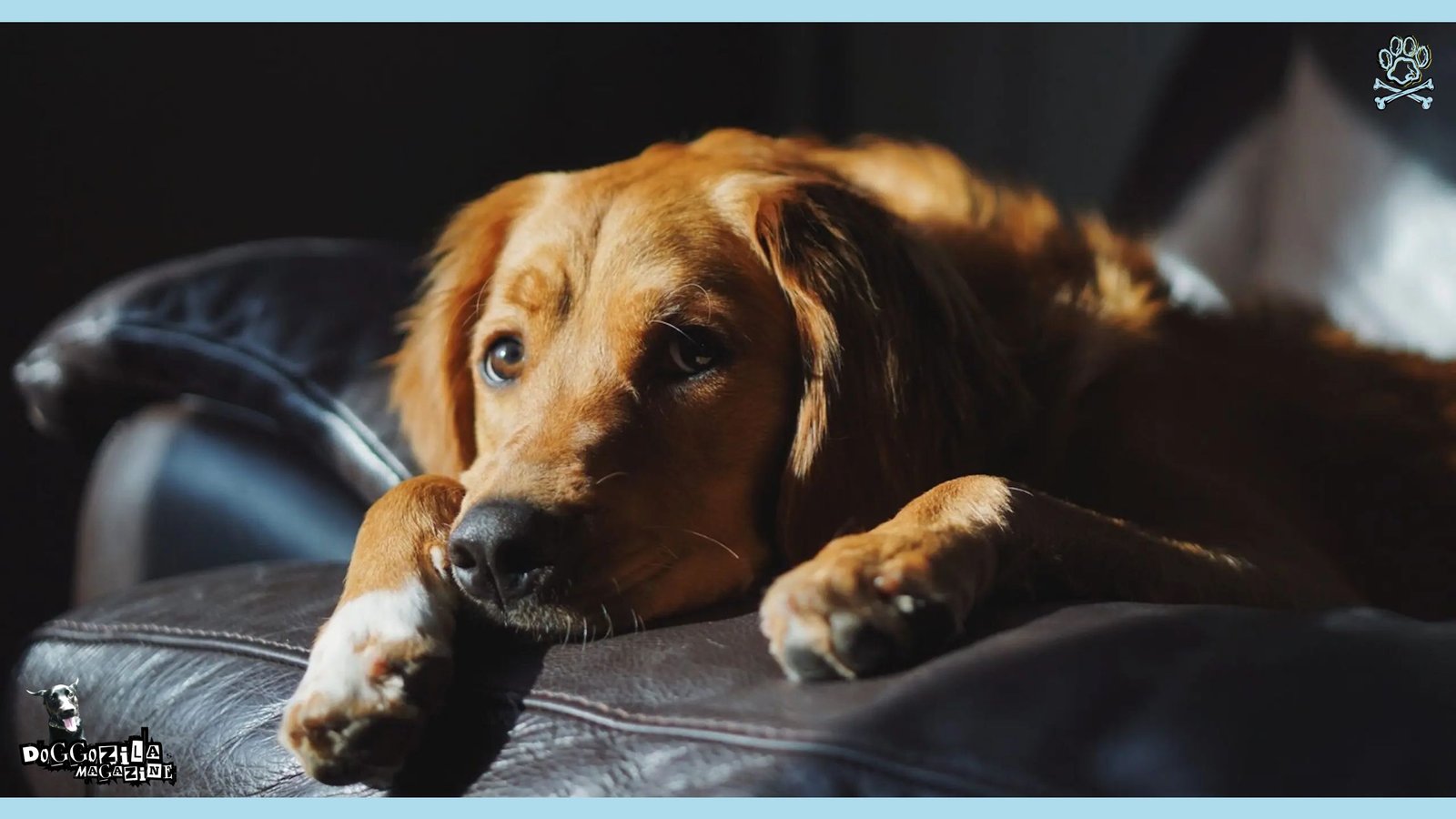
TRAINING TECHNIQUES TO MANAGE SEPARATION ANXIETY IN DOGS
Addressing separation anxiety in dogs requires a committed approach encompassing various training techniques. One effective method is desensitization, which gradually acclimatizes your dog to being alone. This technique involves starting with short absences and gradually extending the duration as your dog becomes more comfortable.
„ For instance, begin by leaving your dog alone for just a few minutes while you step outside. Over time, increase this duration, allowing your dog to adapt to your departures without distress “.
What is Counter-Conditioning?
Another beneficial approach is counter-conditioning, which seeks to change your dog’s emotional response to being alone. By pairing your absence with something positive, such as treats or favorite toys, your dog can begin to associate your leaving with a pleasurable experience.
„ For instance, give your dog a special toy or a treat puzzle that keeps them occupied when you leave. This approach helps shift their focus away from worry about separation to something enjoyable “.
Why Positive Reinforcement?
Positive reinforcement is also fundamental in managing your dog’s separation anxiety. This method rewards your dog for calm behavior during your departures. Start by rewarding your dog with praise or treats whenever they remain calm as you prepare to leave.
This reinforces their positive behavior and can help them associate your departures with a reward, reducing their anxiety over time. Practicing crate training can additionally support this method, as a crate can provide a safe and comfortable space for your dog when you are away.
It is important to combine these techniques with consistency and patience. Each dog is unique, and the time it takes to overcome separation anxiety will vary. By implementing desensitization, counter-conditioning, and positive reinforcement, dog owners can significantly improve their pet’s ability to cope with being alone. This multifaceted approach fosters a sense of security and comfort for your dog, ultimately reducing anxiety-related behaviors.
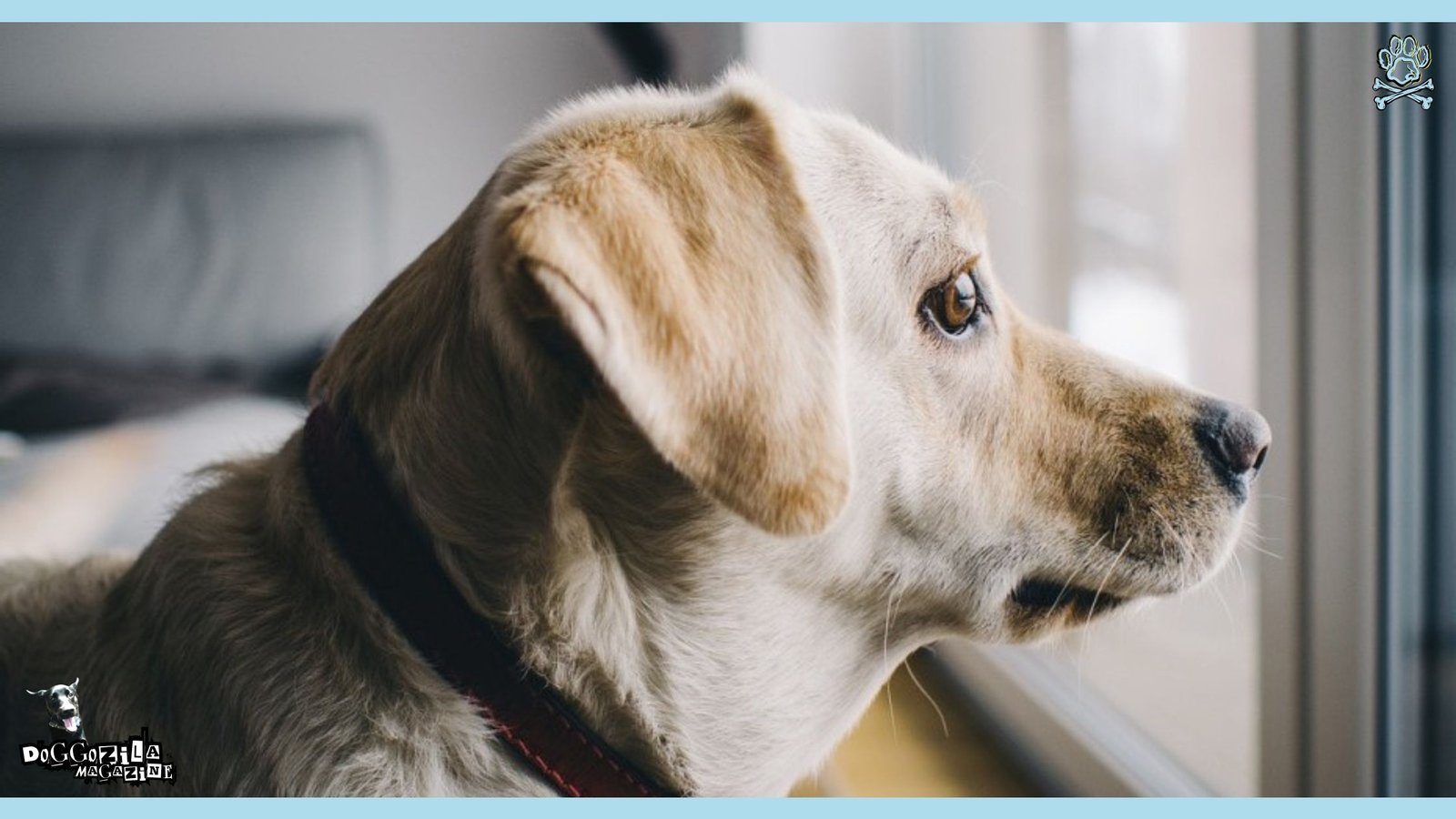
PROFESSIONAL HELP AND RESOURCES
When addressing separation anxiety in dogs, professional help can be a valuable resource for dog owners. Various experts, including behavior specialists, dog trainers, and veterinarians, can provide guidance tailored to your dog’s specific needs.
Contact Your Veterinary, Behavior Specialists or Dog Trainers
Behavior specialists are often well-versed in the psychological aspects of dog anxiety and can develop a comprehensive behavioral modification plan. Trainers, especially those experienced in working with anxious dogs, can teach coping strategies and training exercises that promote independence in your pet.
Consulting with a veterinarian is also essential, as they can rule out any underlying medical issues contributing to your dog’s anxiety and may recommend medications when behavioral interventions alone are insufficient.
In addition to professional services, there are numerous resources available to further assist dog owners dealing with separation anxiety. Books that focus on the topic of canine anxiety can offer in-depth understanding and practical techniques for alleviating symptoms.
Many dog trainers and behaviorists have published guides that include step-by-step plans to help dogs adjust to being alone. Online courses have emerged as a convenient option, allowing owners to learn strategies at their own pace while gaining insights from experienced trainers.
Research Support Groups
Participating in support groups, either online or in person, can also provide a sense of community for dog owners facing similar challenges. Sharing experiences and coping strategies with others can be beneficial and reassuring, as it fosters a network of support.
In conclusion, seeking professional help and utilizing available resources can significantly impact your dog’s journey to overcome separation anxiety. By collaborating with experts in the field and accessing educational materials, you can create a comprehensive plan to help your dog feel safe and secure during your absences.
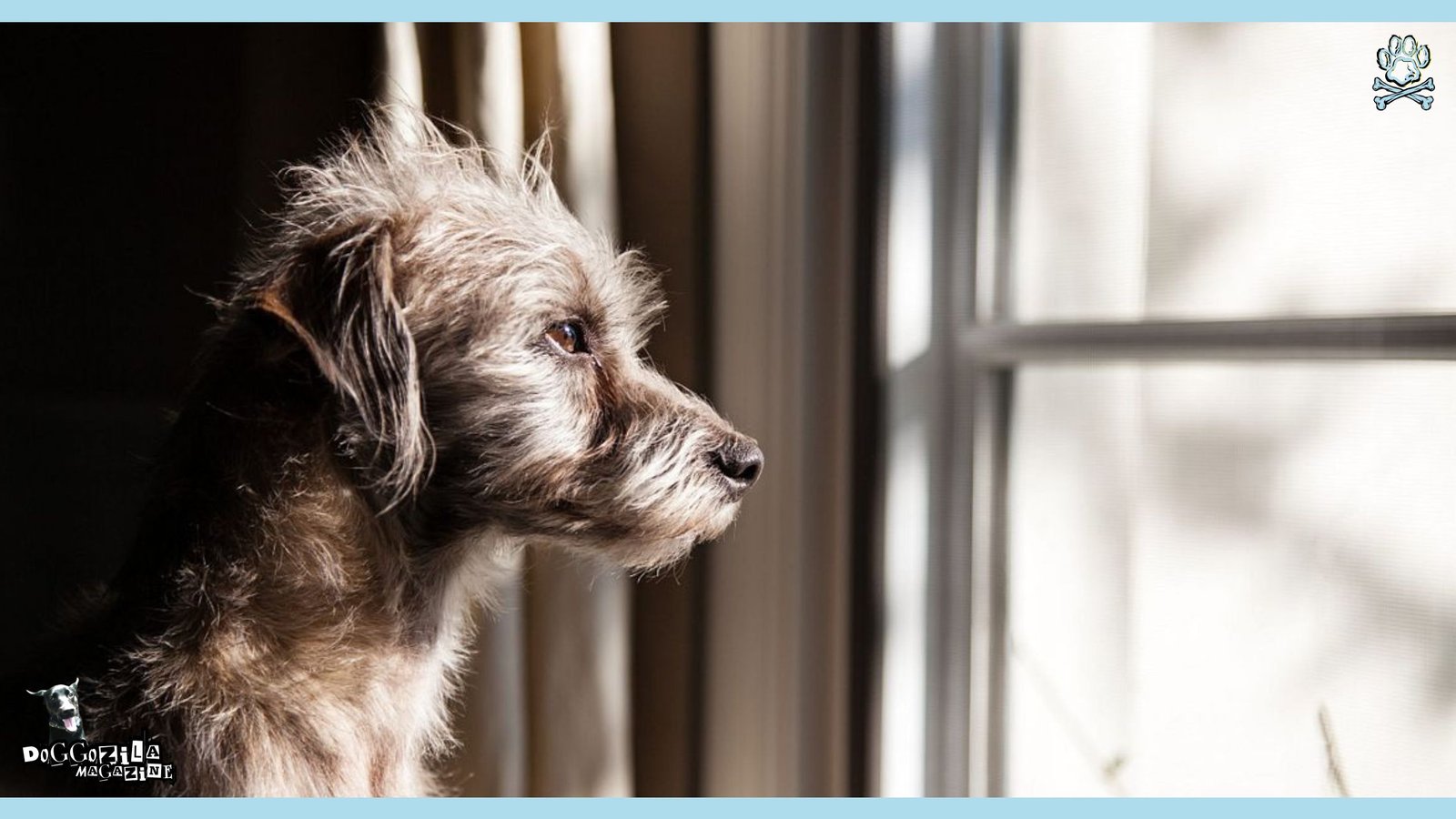
LONG-TERM STRATEGIES FOR PREVENTION
Preventing separation anxiety in dogs requires a proactive approach that focuses on fostering independence, establishing routines, and encouraging mental stimulation. These strategies can significantly enhance a dog’s coping mechanisms when faced with solitude, reducing the likelihood of anxiety-related behaviors.
What is Gradual Desensitization?
One of the foremost methods to help your dog build independence is through gradual desensitization. This involves teaching your dog to be comfortable alone for short periods, gradually extending the duration as they become more confident. Start by leaving your pet in a safe space while you are still at home, and gradually increase the time you are away. This practice allows dogs to associate alone time with positive experiences, thereby fostering a sense of security.
Consistent Daily Routine
Additionally, establishing a consistent daily routine is crucial. Dogs thrive on predictability, and a well-structured schedule can provide them with a sense of stability. Activities such as regular feeding times, exercise, and play sessions should occur at the same time daily. This routine helps your dog feel more secure and minimizes anxiety as they learn what to expect throughout the day.
Mental Stimulation
Incorporating mental stimulation into your dog’s routine is equally important for their overall well-being. Engaging your dog with puzzle toys, interactive games, and training sessions can enhance their cognitive abilities and distract them from the stress of being alone. Moreover, providing a variety of activities can keep your pet entertained and mentally challenged, further reducing the chances of boredom-related anxiety.
Let’s Wrap Up!
Important to remember to use the top strategies that we mentioned in the article before, such as:
- encouraging independence,
- maintaining a consistent routine,
- offering mental stimulation
By combining these strategies you can help your dog! You can create an environment that not only supports your dog’s emotional health but also helps prevent the development of separation anxiety. These long-term practices are essential for a harmonious relationship with your dog and contribute to their overall happiness.
